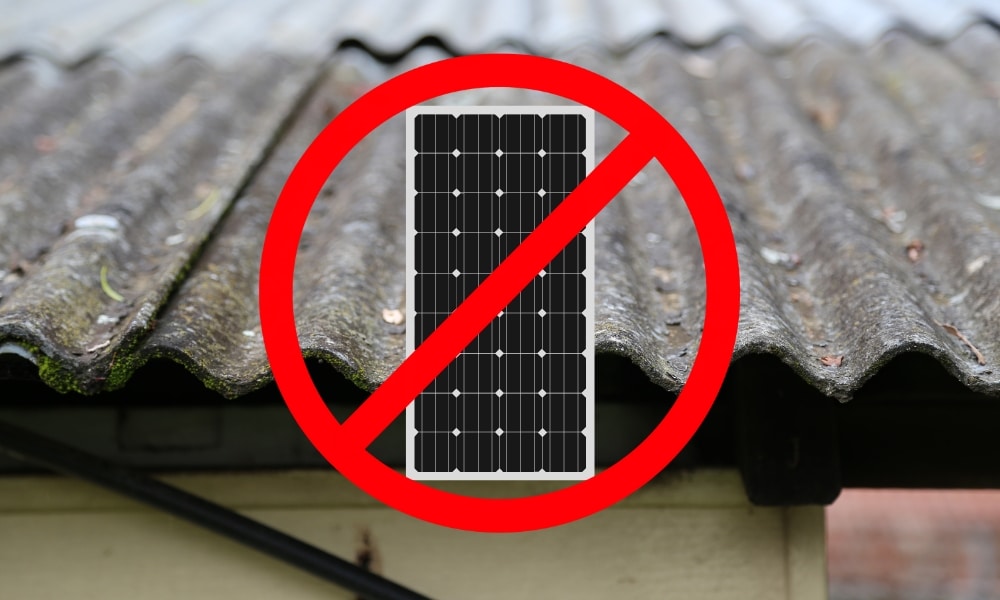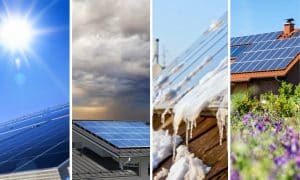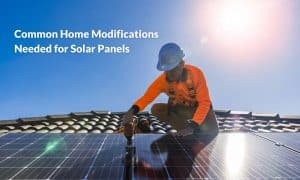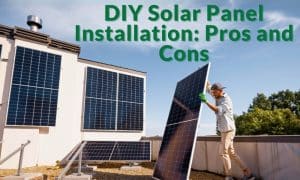Most new homes in Australia are built with concrete tiles or metal sheeting for the roof. These materials are perfect for solar, but what about homes with different materials? Terracotta, slate, membrane, shingles, and other materials can still be seen in many Aussie neighbourhoods, with some new homes opting for these materials too. Are they suitable for solar? We find out in this blog.
The best roofing materials for solar panel installation
The type of material your roof is made of is a crucial aspect of solar installation. The ease of installation, as well as the safety of the home and the solar installer, are considered when solar retailers provide quotes to their customers. Let’s look at the best roofing materials for solar panel installation.
Asphalt shingles
While these are commonly seen on roofs in the USA, they are increasing in popularity here in Australia. Their growing popularity is due to their low cost and versatility. Fibreglass shingles are fire-resistant, which is an attractive option for Aussies. While asphalt shingles are a cheaper alternative to concrete tiles, they have a shorter lifespan due to deterioration.
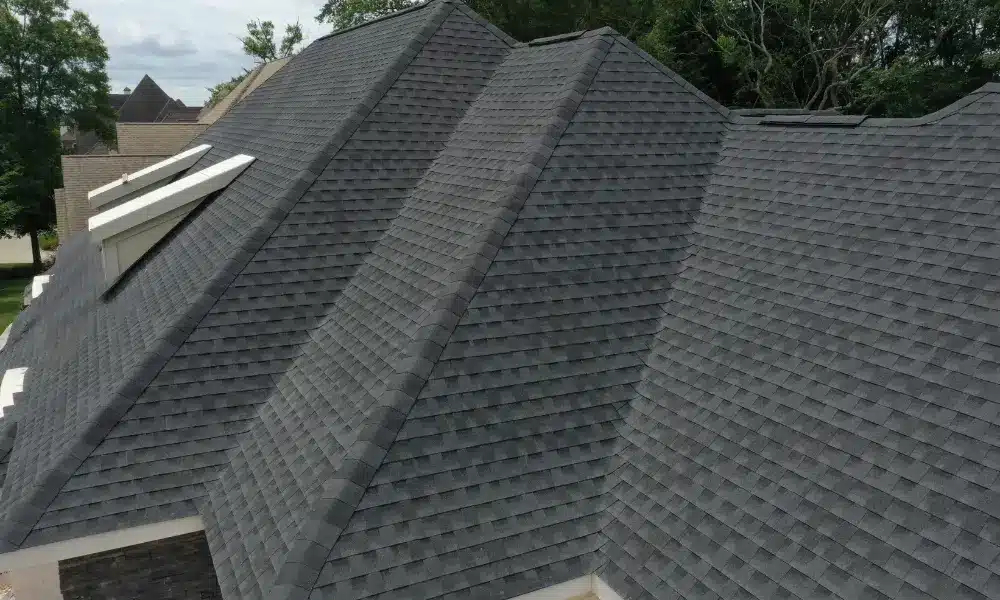
Asphalt shingles are a fantastic material for solar installation as they are easy to install railing and racking on. Walking on asphalt shingles generally does not cause damage to the them. Any damaged shingles can be easily replaced. The low weight of the shingles means that adding solar panels should not require any structural changes to the roof.
Metal sheeting
Metal roofs are most common in Australia in the form of Colorbond and Klip-Lok. The metal sheeting, often made from steel, tin, or aluminium, is fantastic for most Australian homes due to its rust prevention, low weight, fire resistance, and durability.
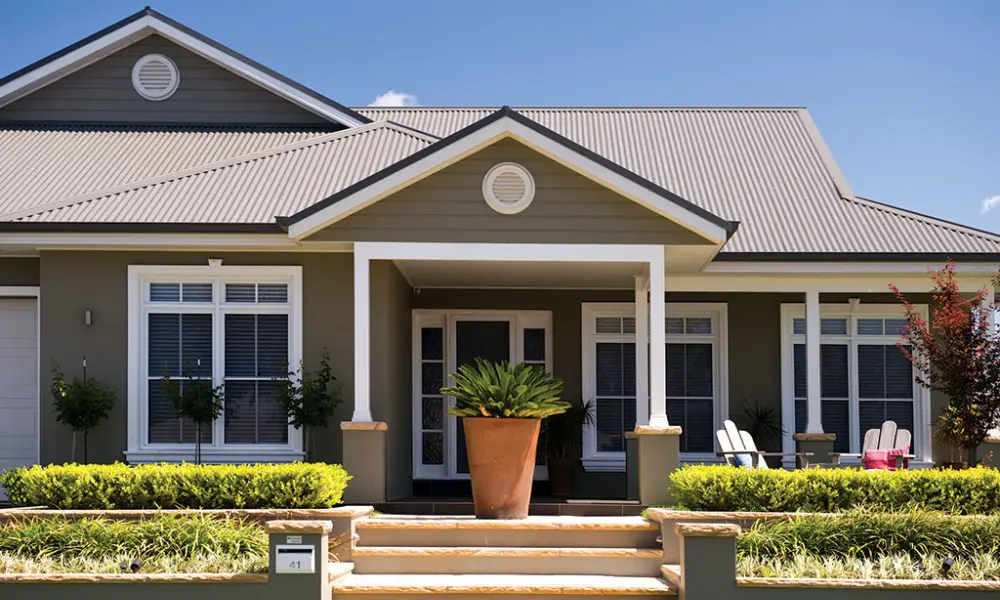
Klip-Lok is the better of the two, as its seams allow for special clamps and clips for installation. This means that no drilling is required, reducing the instances of water leakage. In addition, metal roofs allow for better heat dispersion with solar panels. This means that the panels will act as an insulator during summer and reduce the internal temperature of the house.
Concrete tiles
Concrete tiles have long been the preferred roofing material for Australian homes. The relatively low cost of the tiles, coupled with their durability and insulating properties, makes for a popular roofing choice. But tiles can add an enormous amount of weight to a home. In fact, the average-sized concrete roof will add 12 tonnes to your home! Metal roofs, on the other hand, will add approximately 1 tonne. This means that your roof will require additional structural support. Adding solar panels to a concrete tile roof will need to take into account the additional weight of the panels.
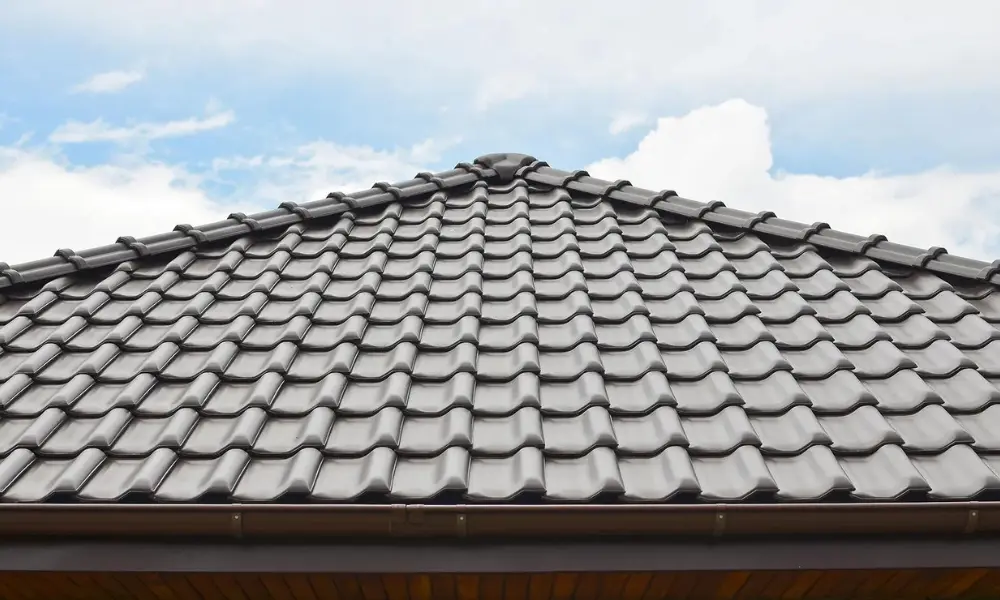
Homes with concrete tile roofs will require spare tiles to be available during the solar installation. Installers will be required to walk on your roof and while they will make every effort to reduce damage, tiles will almost certainly be broken and will require replacing. While this all seems like it is troublesome, solar panel installation on concrete tile roofs is usually straightforward.
Roofing materials that may pose a problem for solar panel installation
While solar panel installation is possible on most roofs, it is not always straightforward or easy. Some installers opt to stay away from some roofing materials due to the known issues that arise during installation. Let’s look at common roofing materials that may come with challenges.
Clay tiles
Terracotta and other clay tiles are absolutely beautiful to look at. But, they pose installation challenges. While concrete tiles are prone to breakage, they have a higher load-bearing capacity than of clay tiles. This means that walking on the roof will almost certainly break many tiles, so lots of spares will need to be made available to the installer. In addition, removing the tiles may break the water seal of the roof. Some installers will opt for the replacement of tiles that will be under the panels with composition tiles. Another method is to replace just a few of the tiles with special solar panel mounting tiles.
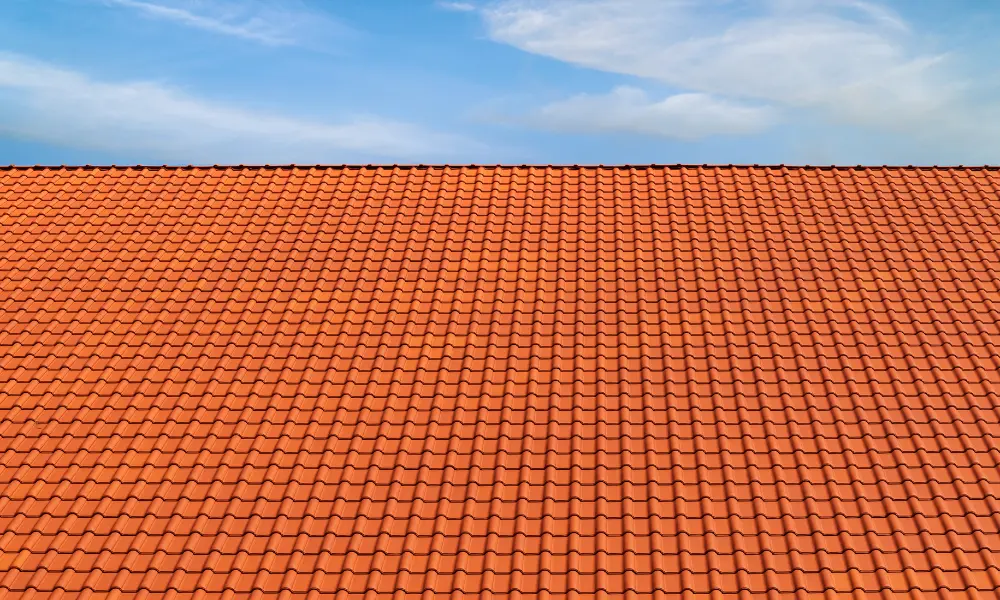
No matter the method, one thing that you can be certain of is that solar panel installation on clay roofs will be more expensive.
Slate tiles
If you have a slate roof, you may have difficulty finding a solar installer to do the job. Slate is notoriously brittle. Solar installers need to access the roof, which means that walking on the tiles will almost certainly result in breakage. Slate is also the heaviest material for roofing, which means that your roof will need to be assessed structurally before solar is added. However, there are solar installers who specialise in slate roofs, and there are panel installation methods that reduce the potential damage of panels to the roof.
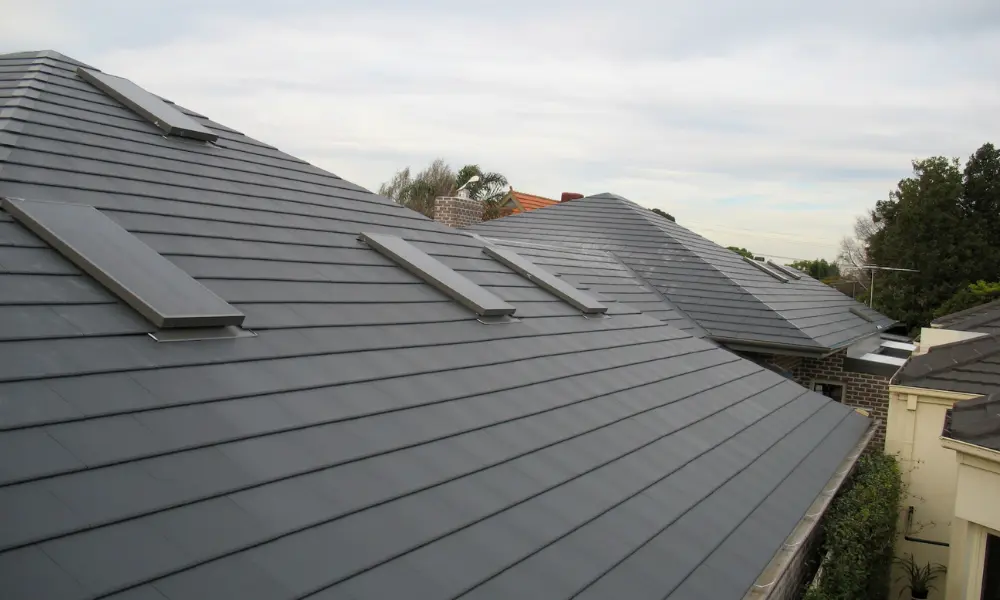
To install solar on a slate roof, a portion of the tiles will need to be removed and replaced after installation. This might mean that the cost of installation is greater than straightforward installations. But, it can be done!
Asbestos roofs
Homes with asbestos roofs will not be able to have solar installed. In fact, the Clean Energy Council forbids it. This is due to the carcinogenic properties of asbestos, which is a major safety hazard for any would-be installer, as well as its low load-bearing properties.
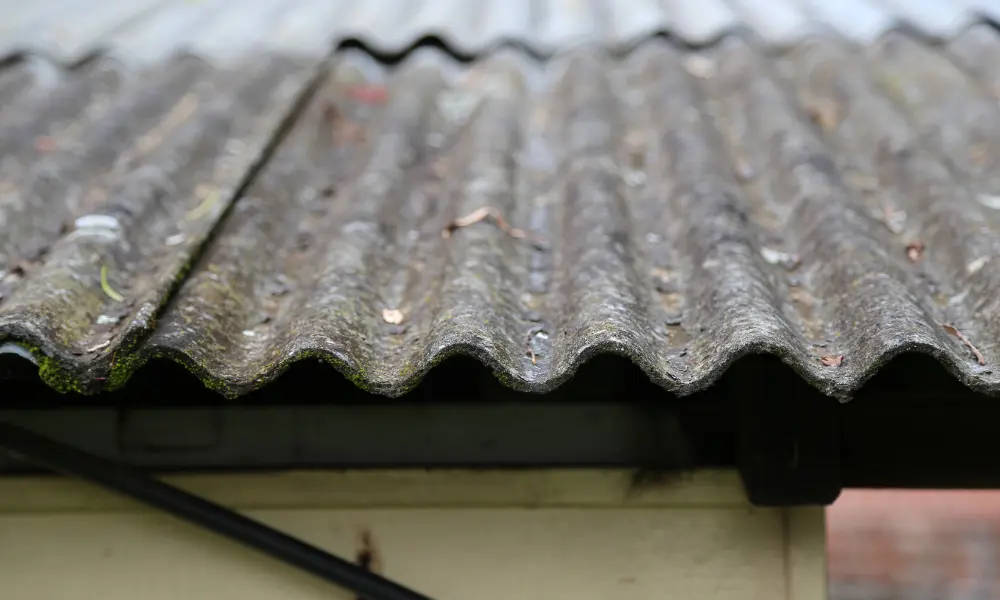
If your roof is made from asbestos sheeting, we highly recommend that you have it replaced.
Solar tiles: What are they and are they a feasible alternative?
Did you know that you can replace all or part of your roof with solar tiles? As their name suggests, solar tiles are solar panels that look and act like roofing tiles. Goodwe has just released its own version of solar tiles which are aesthetically appealing from the street. The GoodWe BIPV solar tile is versatile and a fantastic alternative to both roofing materials and solar panels.
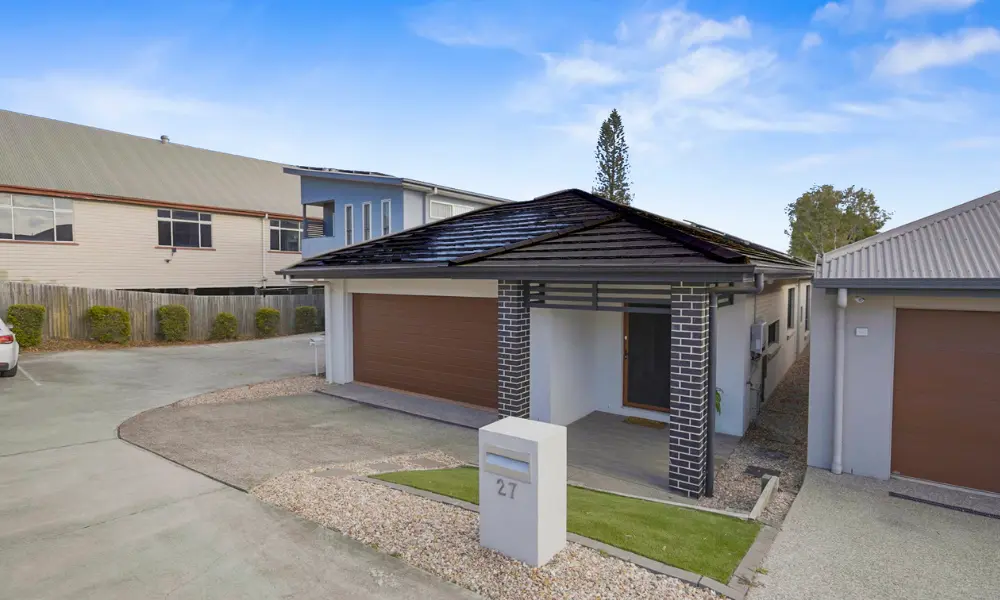
Tesla has a solar roof, which is intended to replace the entire roof of your home and look much the same as a regular roof. They are also 3 x stronger than concrete tiles.
Not all roofs are equal
Many older houses will require additional work, or complete replacing before solar can be installed. Solar panels will add around 350kg of weight to your roof. While this weight will be dispersed over a large area, the structural integrity of your roof will still be paramount. In addition, solar installation will often require the panels to be fixed to the joists in your roof. If the joists are rotten, or the roofing materials are deteriorated, solar installation will need to be postponed until the issues are resolved.
Solar is not only a large investment for your home but value-adding. In fact, solar is known to add an average of $29,000 of value to your home. Couple this with the ongoing savings from the solar itself, and it might just be worth upgrading your roof if it is required.
Solar installers ready to assess and quote
Energy Matters works with solar retailers across Australia who will be able to assess your roof, as well as your energy needs. Get FREE quotes for solar installation, batteries, and more!









